Ready to create more pipeline?
Get a demo and discover why thousands of SDR and Sales teams trust LeadIQ to help them build pipeline confidently.

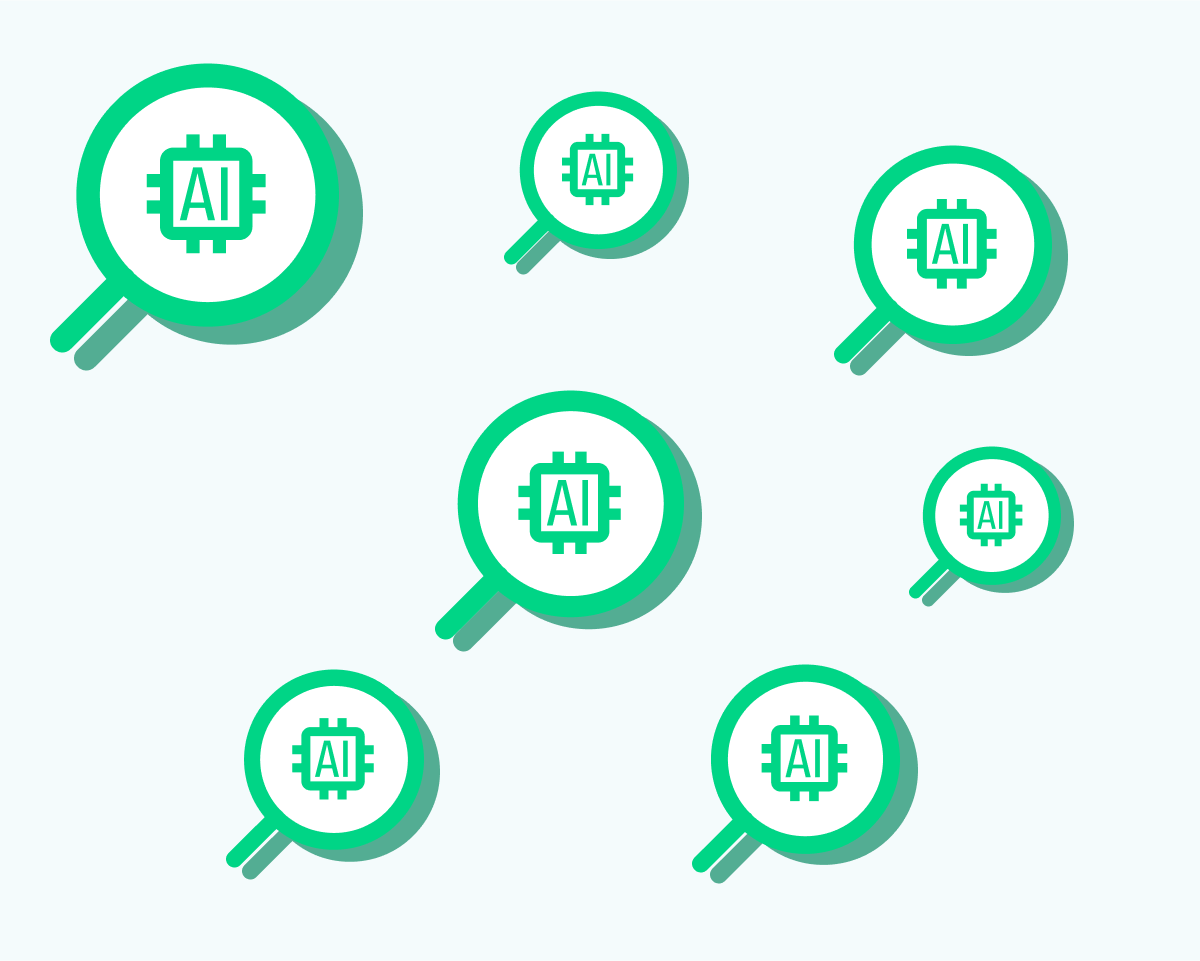

Sales reps across industries spend the bulk of their time focusing on tedious tasks that don’t involve engaging with prospects.

By augmenting their capabilities with AI prospecting tools, sales teams can automate repetitive tasks away, enabling reps to spend more time closing deals.

Not every AI prospecting solution is the same; following the seven steps outlined in this piece can help you make the best choice for your organization.
Get a demo and discover why thousands of SDR and Sales teams trust LeadIQ to help them build pipeline confidently.
Each week, sales reps spend 70% of their time on something other than selling.
What if AI could help change that?
Increasingly, sales teams are scaling their AI usage with valuable sales assistants that help them automate many recurring prospecting tasks, like researching potential customers, identifying the right leads at the right time, and scaling personalized messaging, so they can spend more of their weeks doing what humans do best: closing.
AI sales prospecting tools are powered by a myriad of technologies including machine learning (ML), next-generation data analysis, and natural language processing (NLP). AI-powered prospecting tools can help reps find, qualify, and engage leads faster than ever before.
These days, customers increasingly expect personalized experiences. Without the right sales tools, that’s a tall order for reps who are super busy and spend most of their time dealing with indirect or non-sales activities.
This is an area where AI sales prospecting tools can be an absolute game-changer. According to HubSpot data, 81% of reps say that AI helps them spend less time on manual tasks while 78% say the technology enables them to work more efficiently.
The bottom line? By incorporating AI sales prospecting tools into their tech stacks, sales teams can spend less time researching prospects and handling administrative tasks, giving them more energy to invest in selling.
Wondering how to use AI for sales prospecting? There’s no shortage of ways.
Versatile by design, AI prospecting tools have the power to transform workflows by helping sales professionals manage a variety of critical tasks:
While AI has the power to transform the way your sales team operates, it’s not without its challenges. Just ask Cursor, whose AI customer support bot falsely told users they could no longer use the software on multiple devices.
Before you start using AI to supercharge your sales efforts, it’s important to understand the pros and cons of the technology so you avoid potential pitfalls.
With the right tools, AI sales prospecting can help your sales org unlock its full potential. With that in mind, let’s examine six popular AI sales prospecting tools on the market today to give you a better idea of what’s available.
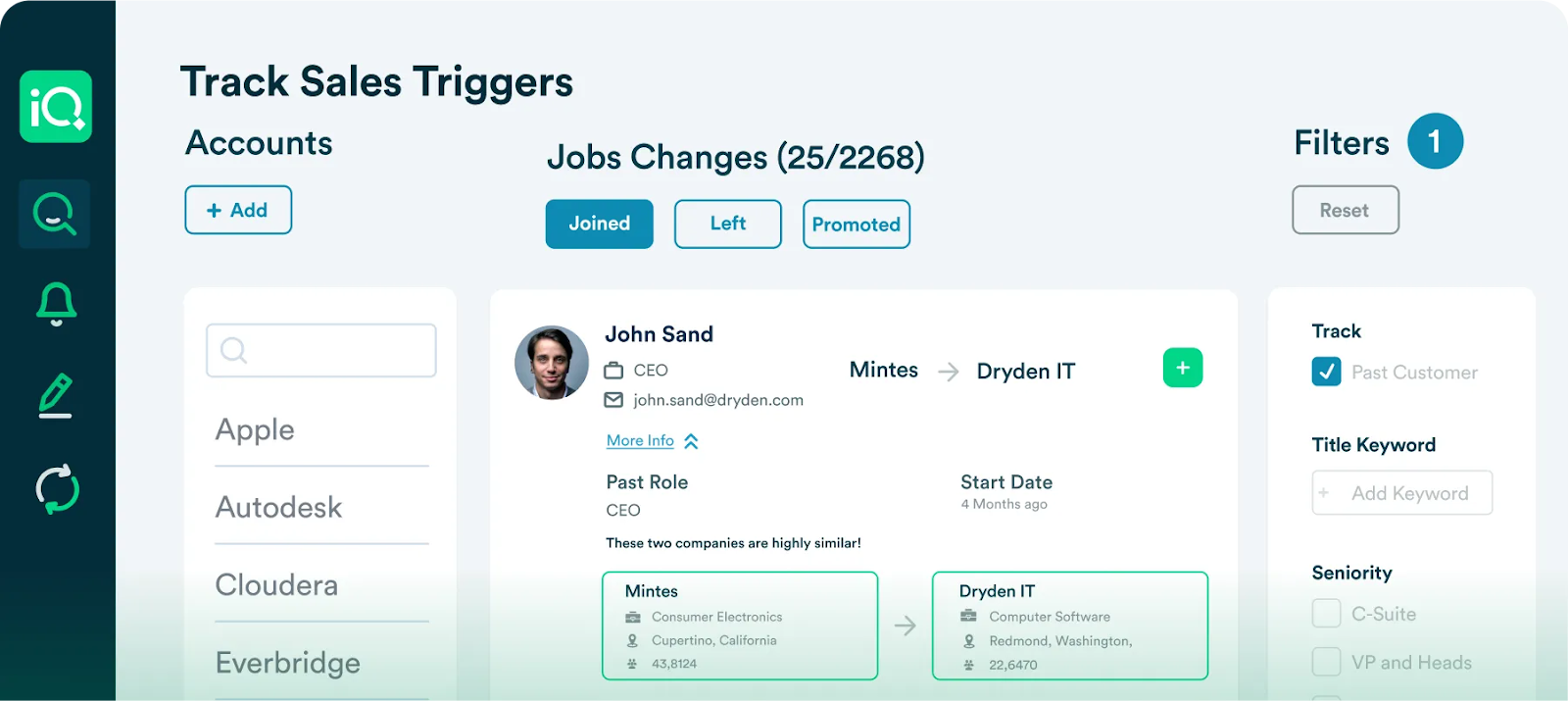
G2 score: 4.2 out of 5 stars (1,095 reviews)
LeadIQ is a sales prospecting platform designed to help reps accelerate prospecting workflows, personalize outreach at scale, automatically enrich contact data, and track buying signals.
LeadIQ features:
LeadIQ pros:
LeadIQ cons:
LeadIQ use cases:
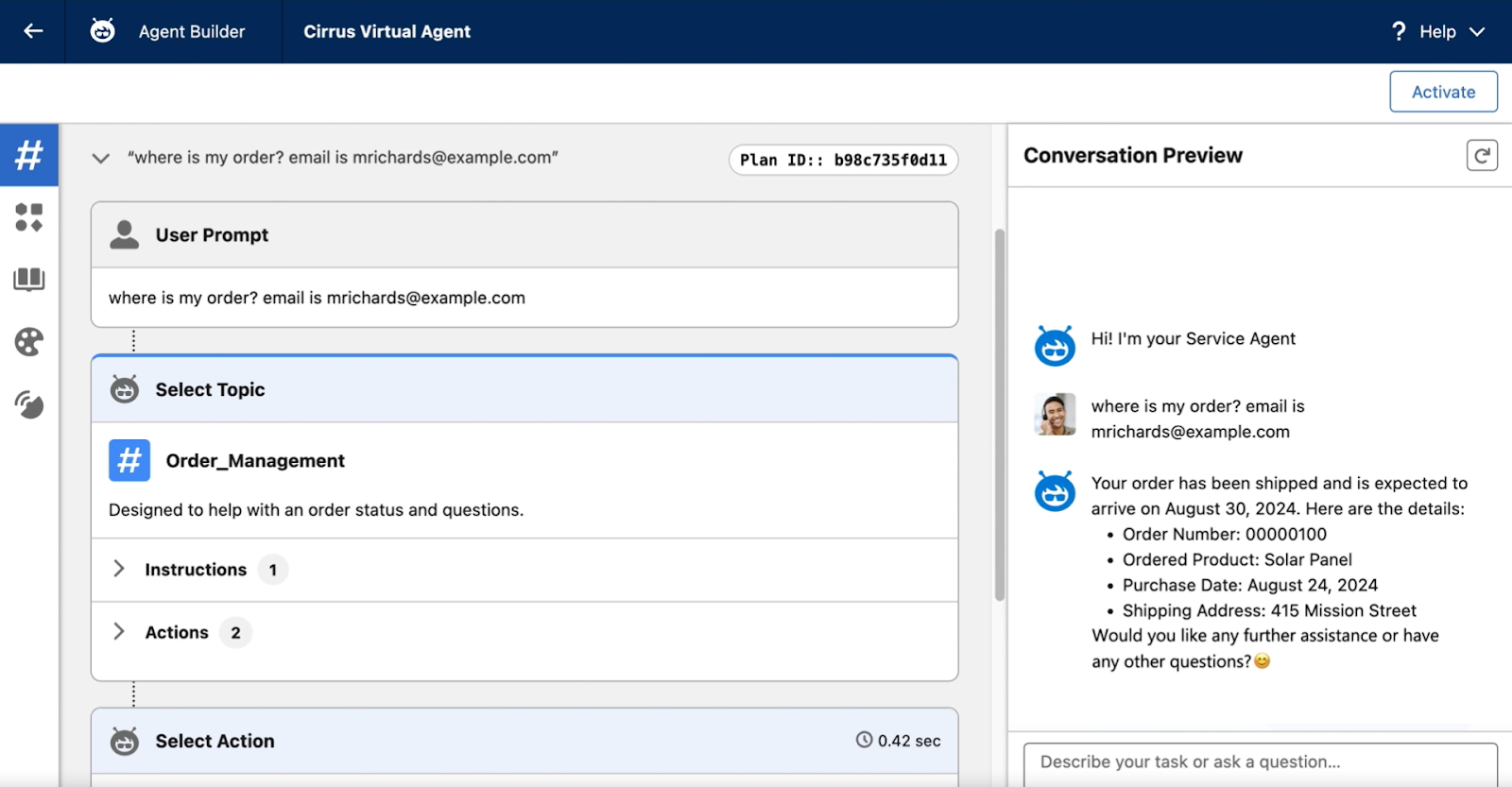
G2 score: 4.4 out of 5 stars (129 reviews)
Salesforce Agentforce is enables sales teams to create autonomous AI agents that can handle a variety of SDR tasks on their own, including lead management and qualification, without human intervention. Using Agentforce, reps can write prompts to create and extend agents trained on CRM data, with little to no coding required.
Agentforce features:
Agentforce pros:
Agentforce cons:
Agentforce use cases:
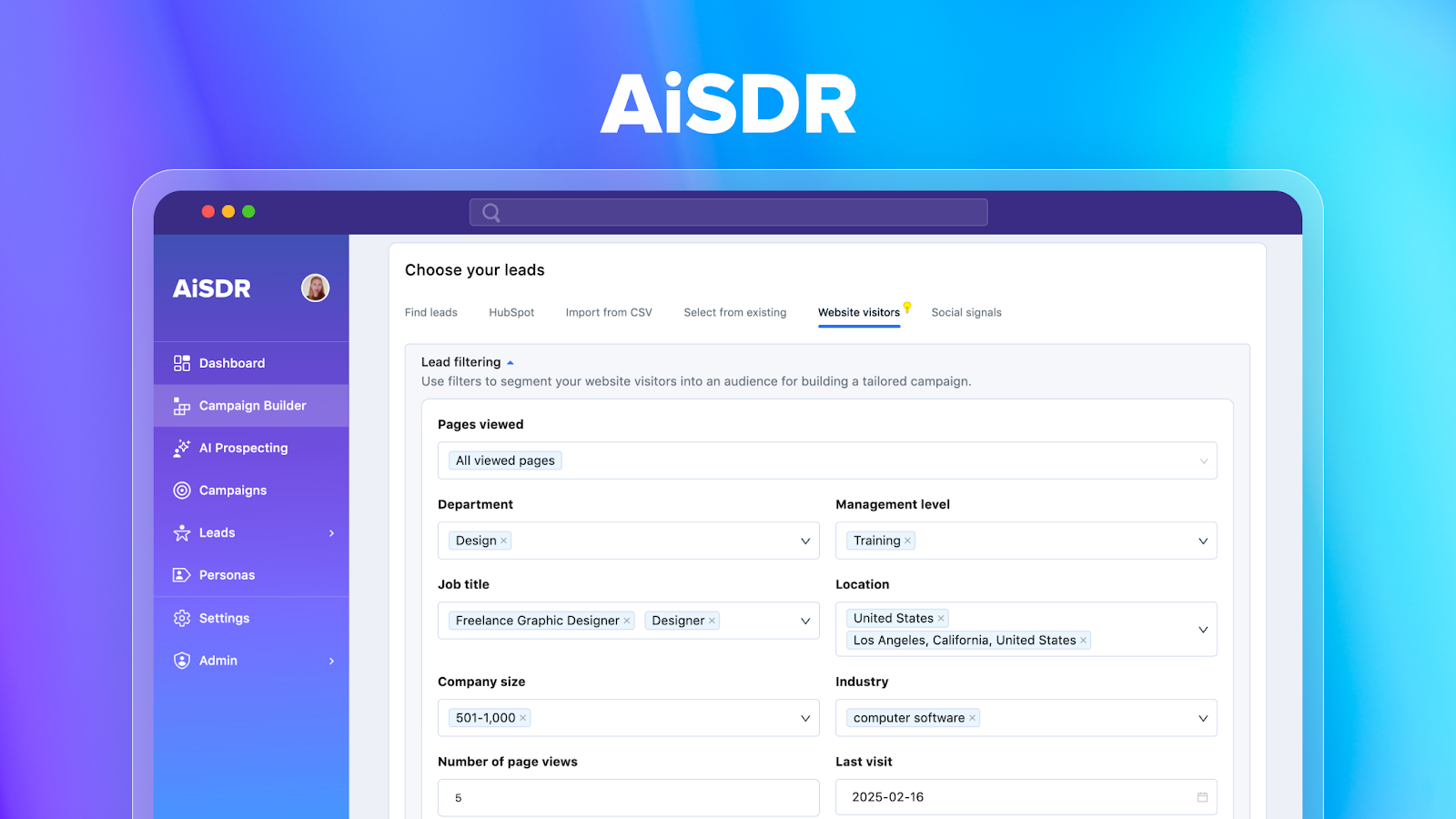
G2 score: 4.7 out of 5 stars (51 reviews)
AiSDR is an AI-powered SDR assistant that automates sales prospecting workflows by booking meetings, generating leads, and engaging prospects with personalized emails. With deep prospect research, the ability to surface prospects that align with your ideal customer profile, and automated follow-ups, AiSDR increases outbound sales efficiency and helps teams focus on what matters most: closing deals.
AiSDR features:
AiSDR pros:
AiSDR cons:
AiSDR use cases:
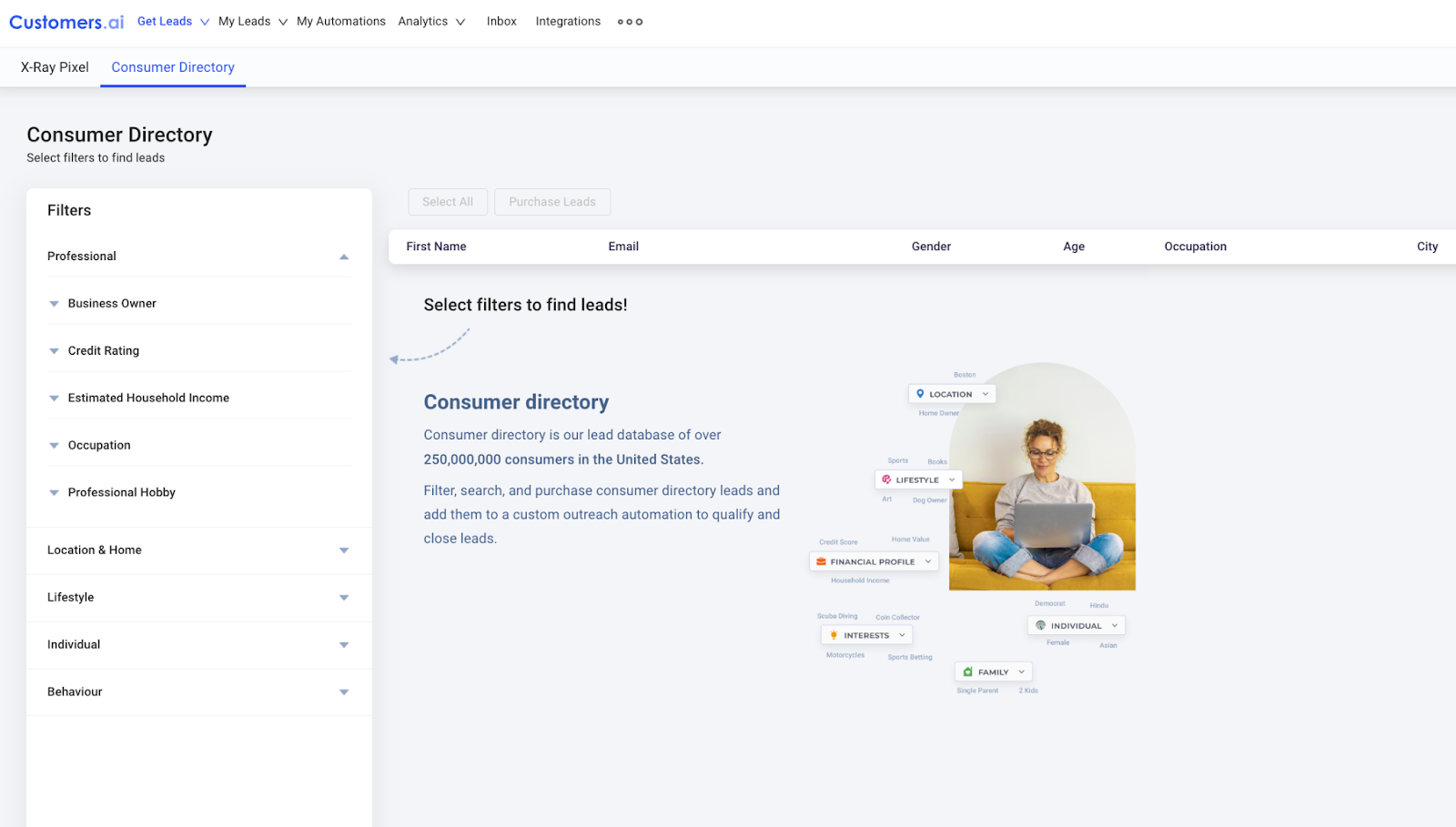
G2 score: 4.8 out of 5 (429 reviews)
Customers.ai is an AI sales and marketing platform that helps businesses identify anonymous website visitors and turn them into qualified leads — and ultimately customers.
Customers.ai features:
Customers.ai pros:
Customers.ai cons:
Customers.ai use cases:
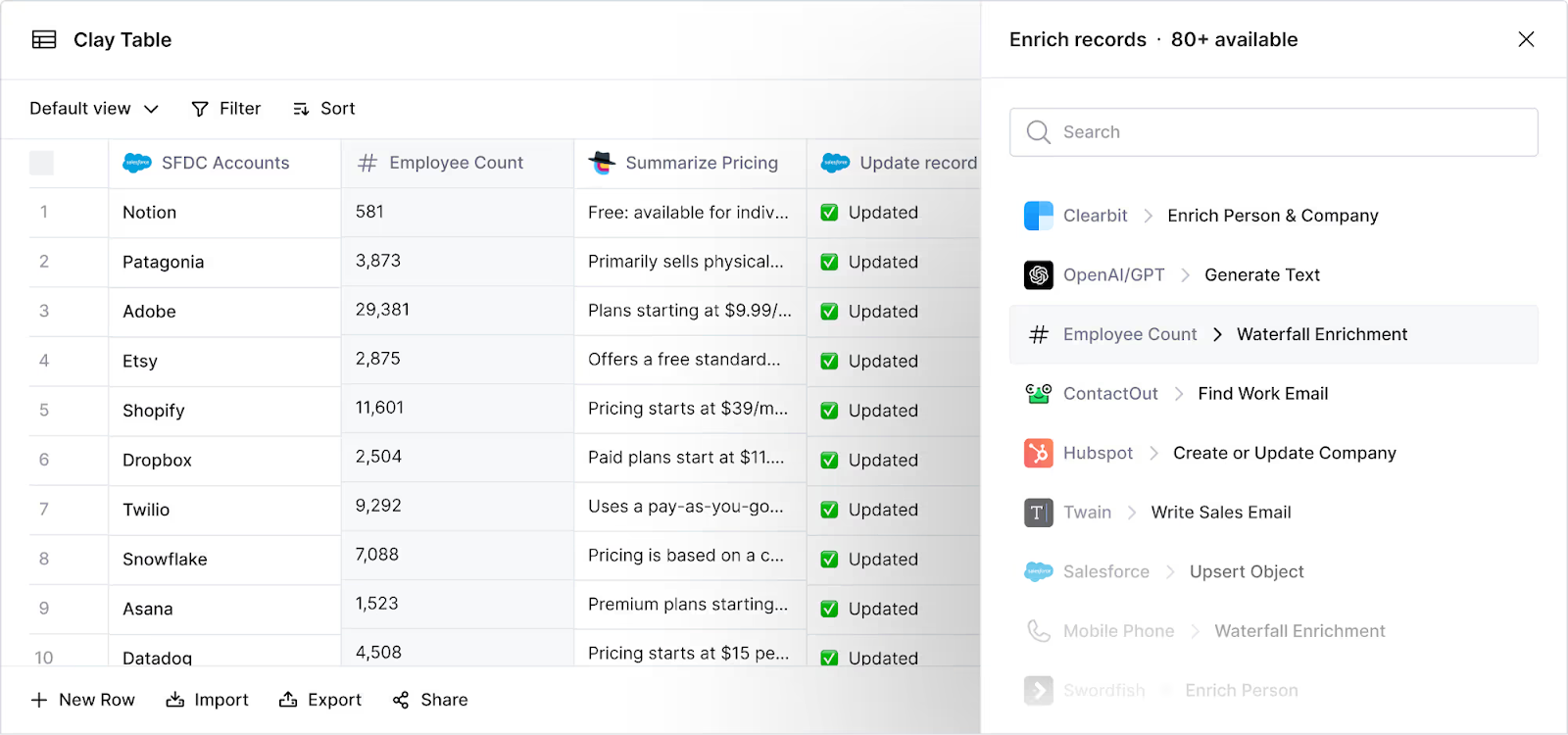
G2 score: 4.9 out of 5 stars (154 reviews)
Clay is an automated data enrichment, outreach, and research platform that uses AI to help to-to-market teams build targeted lead lists and automate sales prospecting workflows.
Clay features:
Clay pros:
Clay cons:
Clay use cases:
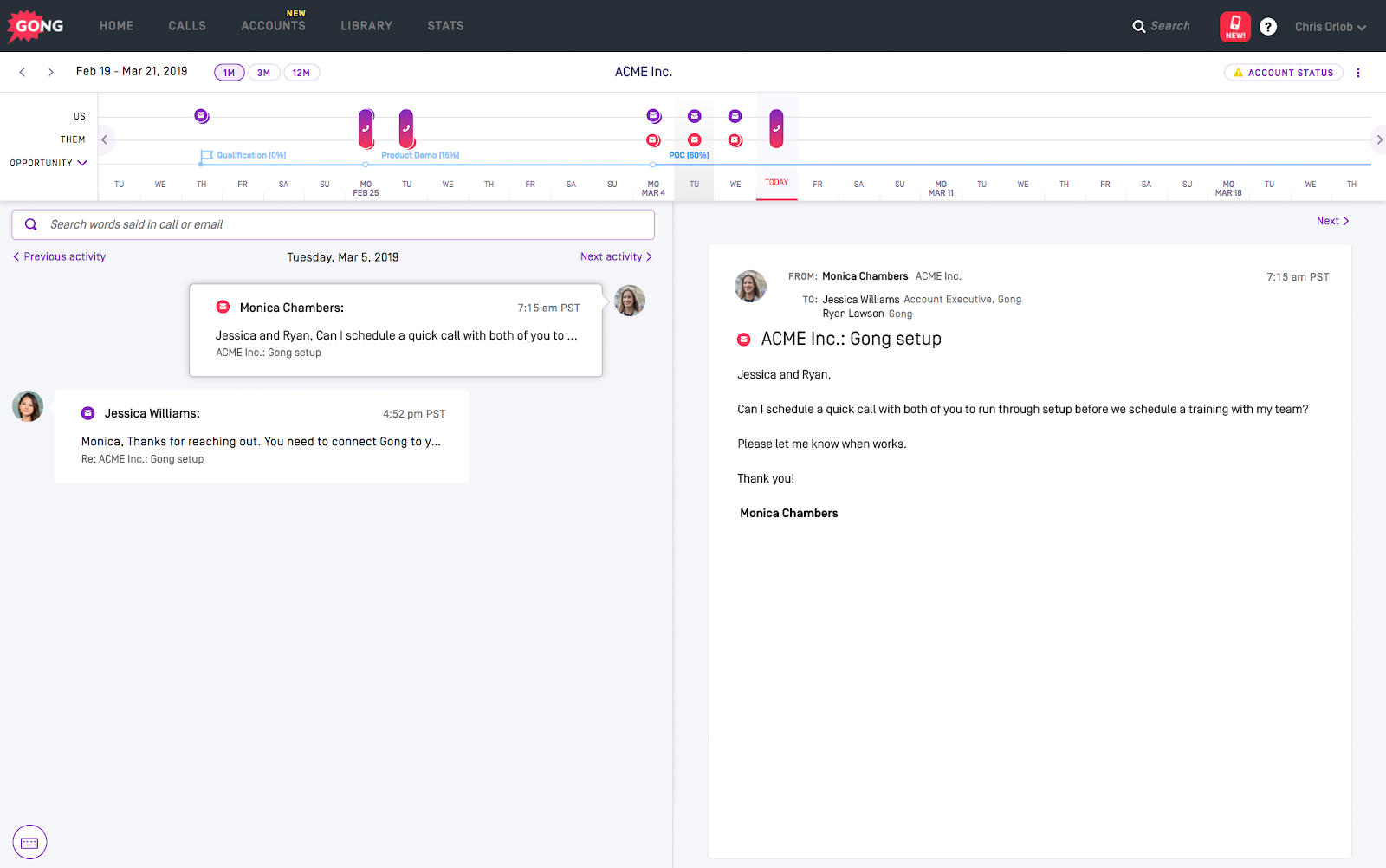
G2 score: 4.8 out of 5 stars (6,201 reviews)
Gong is a revenue intelligence platform that uses AI to analyze sales conversations, extract actionable insights, and provide real-time coaching recommendations for better sales outcomes.
Gong features:
Gong pros:
Gong cons:
Gong use cases:
While AI sales prospecting tools can revolutionize the way your team sells, not every solution is created equal. With tons of tools on the market today, it’s important to do your due diligence to ensure you end up with a solution that fits your team’s needs best.
By following these seven steps, you can increase the chances you end up with an AI prospecting system that really moves the needle.
First things first: What do you hope to accomplish by investing in AI sales prospecting tools? Do you want to streamline research? Automate cold email outreach? Figure out which high-quality leads to target first? Are you trying to help reps optimize workflows and work more productively? Worried about growing the sales pipeline?
Whatever the case may be, you need to define your north star and then set measurable goals to track your progress. For example, maybe you want to improve cold outreach conversion rates, increase meetings scheduled, or accelerate time to first contact.
Once you’ve defined your objectives, start looking for tools with use cases that address your team’s pain points. Don’t buy AI for the sake of buying AI; invest in something that can truly lead you to better business outcomes.
After you understand what you hope to accomplish with AI, it’s time to look inward to determine whether your organization is ready to unleash the next-gen technology.
To do this, evaluate your current sales processes, team bandwidth, and data infrastructure to make sure everything’s ready for AI. Are your reps tech-savvy enough to roll with the punches and use new tools? Or will you need to train them?
Pro tip: Before investing in AI, examine the tools already in your stack to see if any of them offer AI-powered features. Over the last few years, all sorts of vendors — like Salesforce, HubSpot, and LeadIQ — have added AI to their platforms. Translation: You might already have access to AI tools without even realizing it!
Sales leaders might pick what they think is the best tool on the planet. But if it doesn’t meet your team’s needs, or if nobody wants to use it, what’s the point?
Before making a decision, bring relevant stakeholders to the table, including sales, operations, marketing, IT, and leadership, to get their input. Putting a cross-functional team together increases the chances the tool you ultimately select will solve real problems and have buy-in from the team, all while having IT’s blessing.
Based on your objectives, figure out which features are must-haves and which are nice-to-haves. For example, you might want a tool that integrates with your CRM and can accelerate lead generation efforts. The ideal solution might also ship with automation capabilities, including automatic data enrichment, and built-in compliance support.
By figuring out which features are essential to your goals, you can start narrowing down your short list as you compare different offerings and cross off the ones that don’t have the capabilities you need.
Now that you’ve selected a few finalists, it’s time to engage with vendors for a trial. While you’re testing each platform, explore realistic use cases to assess the platform’s user experience and simulate what real-world performance might look like.
For the best results, invite some folks who’ll ultimately end up using the software to get involved. Pick their brains to see whether the tool is making a difference.
After you’ve seen the products with your own eyes, spend time reading reviews on sites like G2 and TrustRadius to see what real-world customers have to say about each of them — specifically about how the tool has been beneficial and what the support experience is like.
When it boils down to it, a tool is only as good as the company behind it. So, make sure the platform you ultimately select is built and supported by a talented and responsive team.
Before finalizing a decision, consider pricing models in the context of potential ROI, and make sure you understand how each vendor charges (e.g., a flat fee or usage-based billing).
On one hand, you need to determine whether a more expensive solution is justified because it can deliver measurable business outcomes. On the other, you want to make sure that you don’t choose a solution that ends up hitting you with tons of hidden fees.
Here at LeadIQ, our sales team uses AI every day across the funnel to cover more ground and win more business, including being our own customer zero.
We use our own product every day and our team is currently hard at work adding new AI-powered features to LeadIQ to make it even easier for our sales team to crush their numbers — and help your team do the same.
Request a demo today to learn more about how you can transform the way you prospect with better data, faster enrichment, and write personalized sales emails using real data.